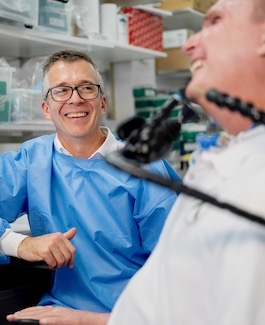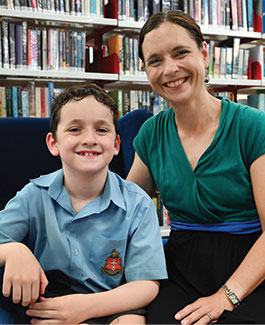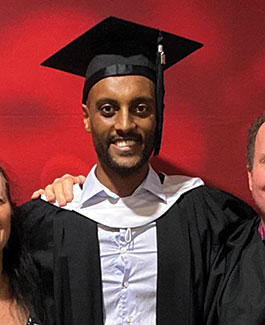Revolutionising rock art preservation and education in remote Australia
As the world’s oldest continuing culture, in one of the remotest corners of Australia, Aboriginal cultural heritage is helping to pioneer new archaeological and education techniques using cutting-edge AI. In the town of Laura, 330km from Cairns, a remarkable synergy of ancient traditions and AI technology is taking place, thanks to a donation from rock band Pearl Jam’s Vitalogy Foundation.
We have been working with the Laura Rangers, Indigenous Elders and Laura State School to identify and catalogue these precious sites using AI and, while the project is underpinned by the need to protect the rock art in the future, it also aspires to connecting that heritage with the local community.
Prof Lynley Wallis
The country around Laura is surrounded by over 10,000 Indigenous rock art galleries and is the base for this extraordinary initiative. A team of Griffith University archaeologists, computer engineers and educators are being led by traditional owners, rangers and local school students to catalogue the sacred sandstone rock art.
For years the meticulous task of cataloguing these sites has been a manual endeavour undertaken by the Laura Indigenous Rangers. Now local rangers together with the Laura State School students photograph the rock art, tag it, and store the images in a database with ease.
Griffith University archaeologist, Lynley Wallis says, "It struck me if instead of us having to manually sit there and say 'this is a kangaroo, it's red and white', we could get AI to learn how to do that.” The Griffith team approached the Laura Indigenous Rangers and Elders which led to the design of a culturally appropriate AI prototype to digitally catalogue the rock art motifs.
AI is not only streamlining the cataloguing process but also engaging and educating the younger generation. Under the guidance of the Elders, students from the Laura State School are actively participating, both in the classroom and in the field. This hands-on approach is fostering improved school attendance and education outcomes, while also immersing students in their cultural heritage.
Addressing the digital divide is another critical aspect of this initiative and the Vitalogy Foundation has enabled the delivery of iPads, headphones and digital cameras to Laura to support the project.
Looking ahead the team is exploring the scalability of its curriculum through an online platform and investigating opportunities to provide teachers with micro-credentials. This will ensure that the benefits of the project can extend beyond Laura, serving as a model for similar initiatives in other communities.
Griffith University is profoundly grateful to the Vitalogy Foundation for their generous support - together we are creating stronger communities and societies for all.
Read more impact stories

Using nasal stem cells to find new ways to treat spinal cord injury
Professor James St John’s team are developing new therapies to give people back their independence.

Advancing outcomes for autistic children
As young parents, Elga and David Dyer had no idea what to expect with a newborn. Their journey to diagnosis and their lived experience with autism led to the development of a scholarship committed to training the next generation of autism researchers.

Film scholarship creates ripples of change
To honour the late alumnus Kieran Ricketts’ desire to make a difference in the world, his family teamed up with Griffith Film School and the ABC to launch a scholarship for aspiring filmmakers.